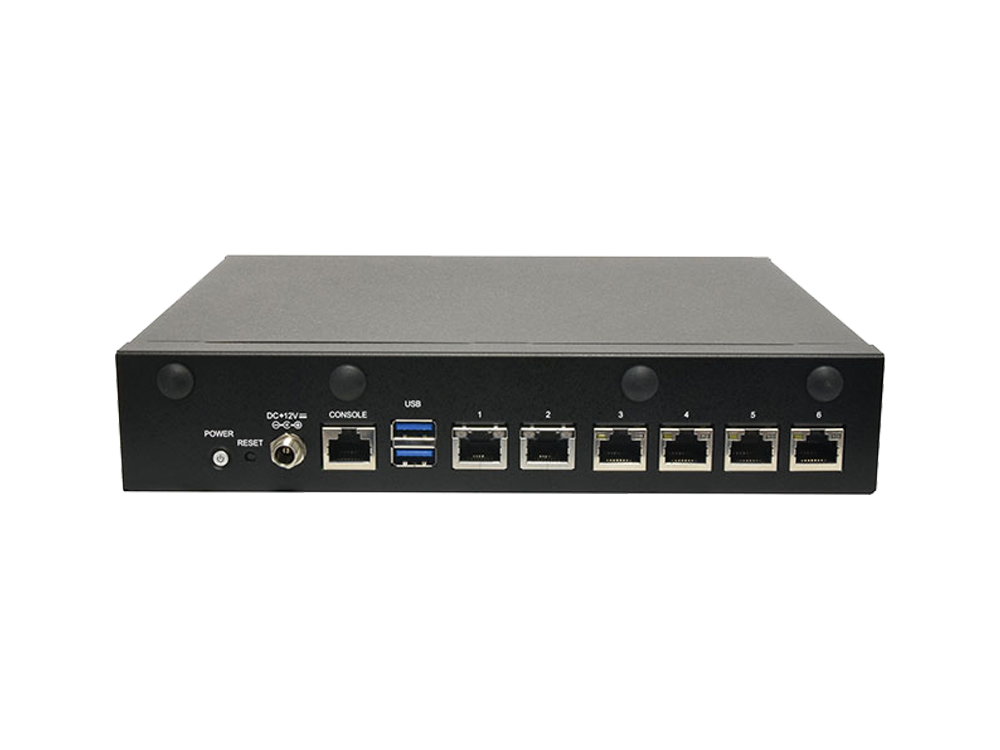Background
The growing trends of cloud computing, Big Data, mobile applications and globalized enterprises have contributed to the rising demands of real-time applications, with successful examples such as Work From Home, remote desktop, video conferencing, telemedicine and third-party payments. However, latency and interruptions between networking nodes are currently the primary challenges, as network traffic continues to grow exponentially from B2B/B2C e-commerce and other real-time applications. To meet the demands for QoS (quality of service), SD-WAN has emerged as a performance-boosting and cost-effective solution.
SD-WAN has been popularized because the software-defined architecture implements an abstract layer on top of existing, legacy networking hardware so that it can simplify IT management. Security instructions can be executed across nodes and traffic can be routed based on prioritization. With SD-WAN, cloud services have become accessible through the public Internet. Particularly for giant-scale e-commerce platforms, SD-WAN can consolidate the implementation of Server Load Balancing as a cluster deployment approach of providing services to external networks, and also Network Address Translation to allow multiple cloud servers connected with the public Internet, without compromising application performance.
Requirements
A B2B/B2C e-commerce giant in Asia worked with Lanner to build up SD-WAN networking hardware, an uCPE device that meets the following requirements:
- Entry-level open-architecture processor
In a giant, multi-node network architecture, power efficiency and performance with cost-effectiveness are primary considerations when deploying a huge volume of uCPE devices for all the nodes in a complex network topology. For instance, a dual-core or quad-core entry-level open architecture CPU ideal for this application.
- Security Measures with VPN & VPC
When an e-commerce platform expands its bandwidth, it must enable its public cloud or hybrid cloud to connect to the Internet. In that case, security becomes essential and thus the demands for security measures like IPSec, VPN/VPC, and SSL have grown to be necessary requirements. Therefore, the uCPE device must be designed with hardware-based cryptographic acceleration engines
- Wireless Connectivity (Wi-Fi, 4G/LTE)
As mentioned, giant e-commerce platforms enable their public cloud or hybrid cloud to connect to the external Internet. Therefore, it would be ideal to have multiple wireless connectivity including Wi-Fi, 4G/LTE.
- LAN Bypass
LAN Bypass is a fault tolerance mechanism in case one of the LAN channels is out of service. Traffic will bypass the LAN with an outage and be routed through an available LAN.
- SFP-grade Fiber Optic Connection and Cage
A giant SD-WAN network topology requires faster data rates and wider bandwidth, and hardware components such as SFP/SFP+ fiber optic interfaces and related cages are essential for the scalability of the uCPE device.
Solutions
In this joint collaboration, Lanner presented its NCA-1513, an affordable uCPE appliance powered by Intel® Atom® C3558/C3338/C3308 CPU to deliver robust performance, power efficiency and Security. The built-in Intel® QuickAssist Technology enhances network responsiveness and accelerates cryptographic encryption/decryption so that compute resources for security can be offloaded.

NCA-1513 features both RJ-45 and SFP networking interfaces and Nano-SIM in M.2 form factor to offer bandwidth and wireless connectivity. The desktop uCPE appliance also comes with 1 x Mini-PCIe, 1 x M.2 2280/2242 and 1 x M.2 3042 sockets for expansion and scalability.
Related Articles
- SD-WAN Accelerating Digital Transformation for Distributed Fuel Retailers
- Converged White-Box uCPE Enables Multi-vendor SD-WAN for Retailers







